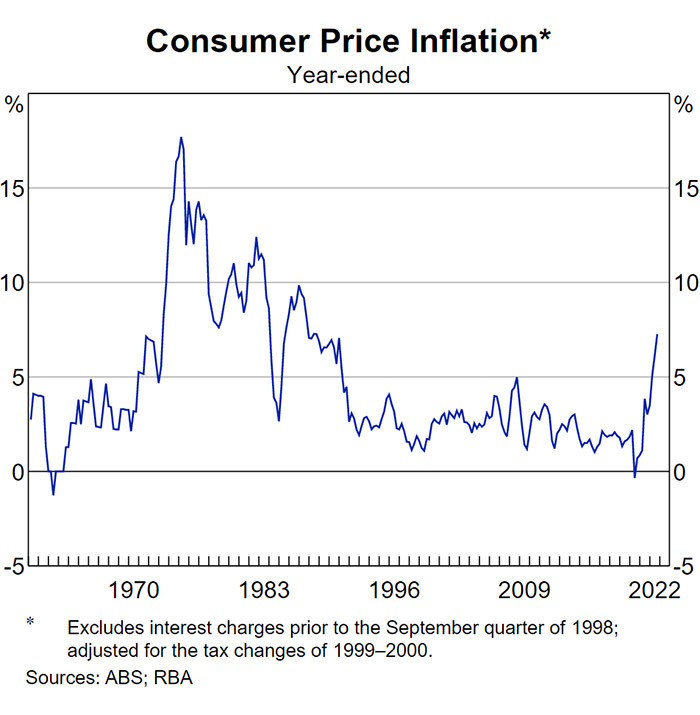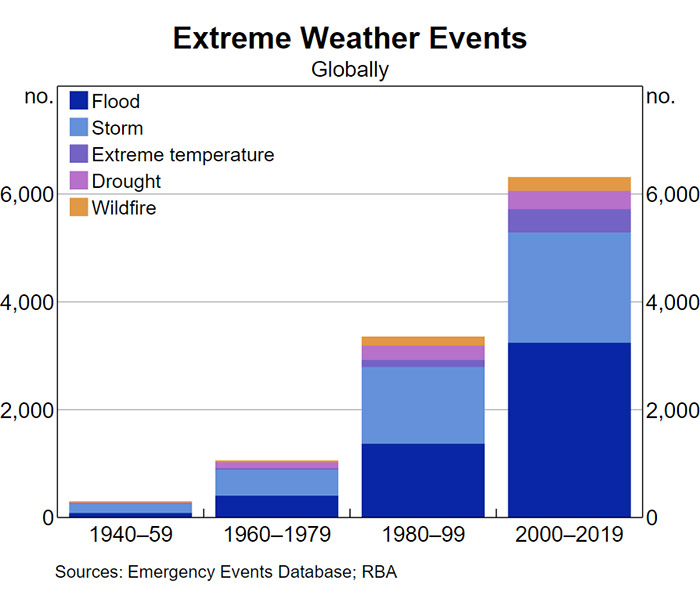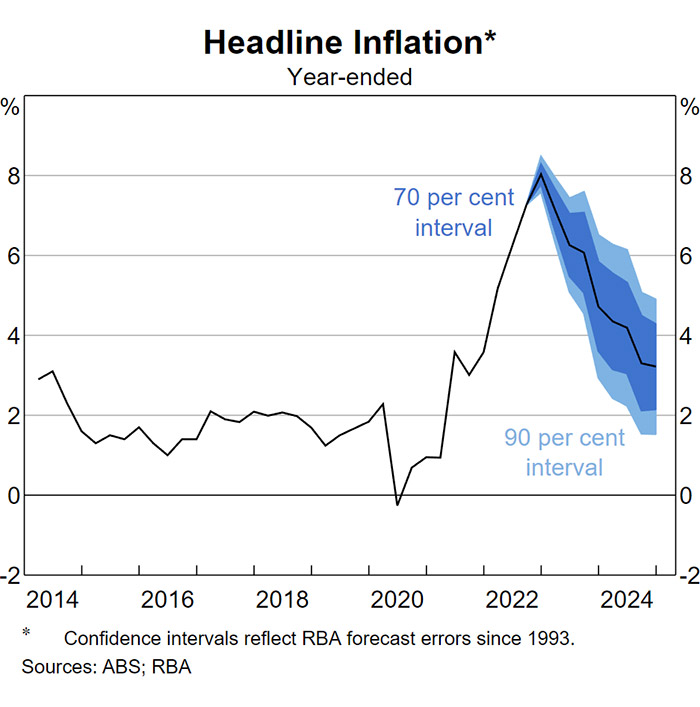RBA boss tells Aussies to brace for more shocks
In the face of a cost-of-living crisis, Australians had to expect to cope without wage increases as interest rates also continued their upwards trajectory, according to the country's central bank chief.
Australians need to get used to high interest rates, inflation, high energy prices and low wages for the next couple of years.
That’s the blatant and somewhat dire warning from the Reserve Bank of Australia (RBA) chief Philip Lowe, who also threw global upheavals into the mix of things Australian households can worry about.
Delivering a speech Tuesday night to the not-for-profit Committee for Economic Development of Australia (CEDA), the RBA governor said workers demands for more money to combat the soaring cost-of-living would only backfire.
“If we all buy into the idea that wages have to go up to compensate people for inflation it will be painful, so best avoid that,” Mr Lowe, who earns more than a million dollars a year, told the meeting in Melbourne.
“People experience a decline in real wages: that's tough (but) the alternative though is more difficult.”
Mr Lowe said it had been thought that inflation rates in Australia of around the current 7 per cent mark or higher were consigned to history but said the pandemic and global supply issues had taken central banks by surprise.
He drew upon decades gone by to make his point.
“The high inflation of the 1970s and 1980s damaged the Australian economy and hurt our living standards and made it harder for businesses to plan and invest, so Australians had to devote their time and energy to protecting themselves as best they could against the ravages of inflation.
“The high inflation undermined our prosperity; it eroded people’s savings, distorted resource allocation and increased inequality in our society.
“This experience also put paid to the idea that by allowing more inflation, we could have more growth and jobs but rather, the reverse was true - high inflation meant lower growth, fewer jobs and lower real wages.”
It also meant interest rates that peaked at 18 per cent, an unthinkable concept to today’s borrowers struggling with an official cash rate that has risen from 0.1 to 2.85 per cent.
Property prices in Australia and around the world are falling in response to the escalating interest expenses.

He also raised the spectre of a recession if inflation was not brought to heel.
“Another lesson from these decades is that bringing inflation back down again after it becomes ingrained in people’s expectations is very costly and almost certainly involves a recession.”
He said lengthy periods of inflation in Australia and the United States back then were economically painful.
“In both cases, bringing inflation back down required high interest rates and was associated with a deep recession and a rise in the unemployment rate of at least 5 percentage points.
“The high unemployment then persisted for years and left deep scars in the labour market and damaged our communities. It was very costly,” he said in his CEDA speech.
World turning inwards
A world in which goods moved freely and the rapid rise of China’s manufacturing capability for many years stifled inflation and stabilised interest rates.
But international trade is splintering into smaller trading blocs, higher tariffs and is beset by the types of politically driven punitive blockades imposed by China on Australia, Canada and numerous other countries.
Mr Lowe was pessimistic the global situation would improve, citing “a reversal of globalisation”.
“Looking forward, the supply side looks more challenging than it has been for many years and it is likely to play a more prominent role in inflation outcomes.
“The very recent past has served as a powerful reminder of just how influential the supply side can be, with Covid disruptions and Russia’s invasion of Ukraine contributing to the highest inflation in decades.
“But beyond these recent shocks, there are a number of longer-term developments that are likely to create more variability in inflation than we have become used to.”
As well as international tensions and conflict, he pointed to the ageing populations of advanced economies, rising energy costs as the world transitions to renewables, and the astonishing rise of extreme weather events brought about by global warming.
“Globally, the frequency of extreme weather and climate events has increased over recent decades and it is likely that this trend will continue.
“Over the past 20 years, the number of major floods has doubled and the frequency of extreme heatwaves and droughts has also increased significantly.

“These climate events disrupt production and affect prices.
“We know this all too well in Australia, where recent floods are one of the factors pushing inflation up at present, but it is not just food production that is affected by extreme weather, it also disrupts the production of commodities and the transport and logistics industries.
“These disruptions affect prices in global markets and it is likely we will see more of these disruptions in the years ahead.”
More rate rises ahead
The Reserve Bank is forecast to raise interest rates to a 10-year high of 3.1 per cent at its December meeting in a bid to reign in soaring prices. Inflation is expected to reach 8 per cent by the end of this year.

Perhaps learning from past mistakes, Mr Lowe was forthright about the interest pain that was around the corner.
Admitting that the RBA “had difficulties with our communication” in regard to earlier broken assurances that interest rates would not rise until 2024, Mr Lowe didn’t mince his words about what was in store for homeowners.
“Given our mandate for price stability and full employment, the Board expects to increase interest rates further over the period ahead.
“We are not on a pre-set path though - we have not ruled out returning to 50 basis point increases if that is necessary, nor have we ruled out keeping rates unchanged for a time as we assess the state of the economy and the outlook for inflation.
“As always, there is uncertainty around this outlook - we can’t rule out further bad news abroad that throws us off this path and domestically, we need to avoid a price-wage spiral.”
He finished the speech by saying the RBA would be paying close attention to developments in the global economy, the evolution of household spending and wage and price setting behaviour.
“Developments in each of these three areas will affect the pace at which inflation returns to target and whether the economy can remain on an even keel over the next couple of years.”




















